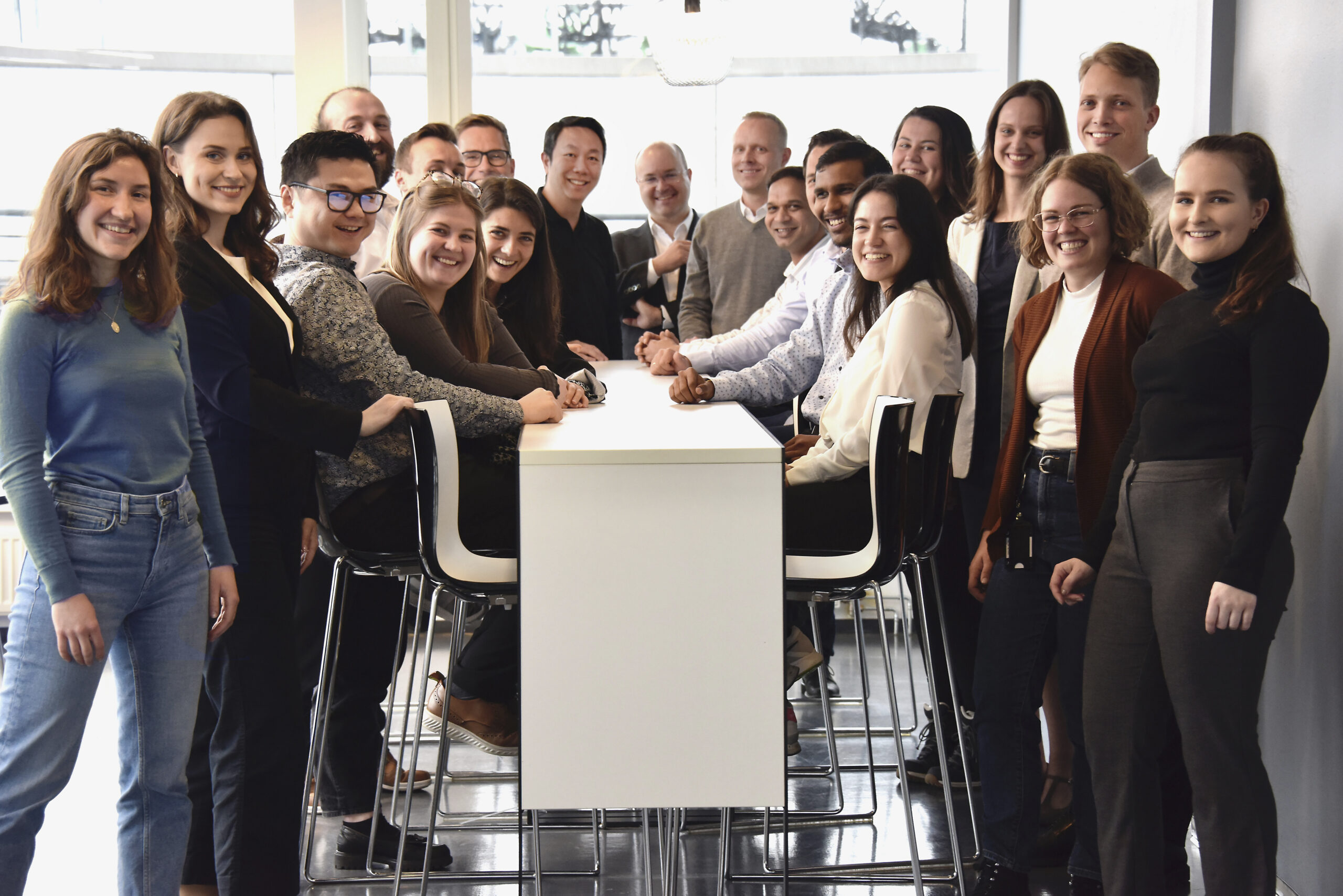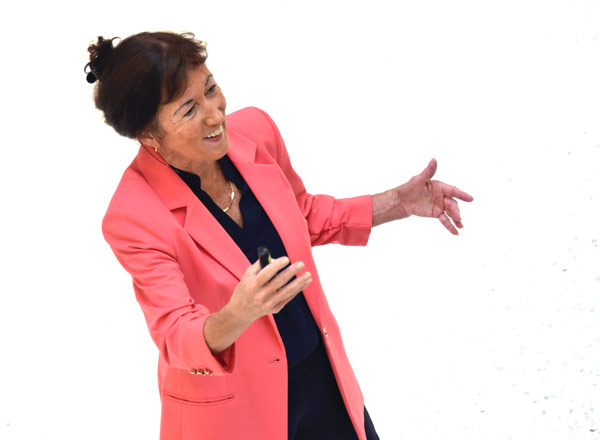
In January 2020, innovation, digitalization and transformation were top of mind for Global500 leaders. Financial analysts from Goldman Sachs, PWC ++ predicted strong annual growth of 3% GDP or greater. Corporations hired Chief Digital Officers and established ‘lean startup ‘ innovation teams to protect traditional operations from disruption.
THEN the paradigm shifted. On March 11, WHO declared COVID19 a pandemic. Business as usual was no longer possible. Action replaced talk as leaders innovated, adapted and truly transformed their way of working, serving customers and engaging teams in home offices.
Leaders who openly committed to growth and bravely embraced the opportunity to create a new future are now enjoying record levels of revenue, profitability and market share by:
- Embracing change with a growth mindset
- Looking outside the silos to gain, accept and learn from diverse perspectives
- Bravely taking action – experimenting, failing, sharing learnings and continuing to explore
- Engaging others – asking for help, empowering team members with aligned goals
- Focusing on core strength while leveraging partners to complement.
“A paradigm shift is a fundamental change in approach or underlying assumptions.”
While the approaches they took to overcome common challenges during this period of massive change may not seem revolutionary, the speed with which they innovated, learned, overcame five common challenges and grew was unprecedented.
Challenge One: How can I best anticipate and proactively address changing market, customer and employee needs – real time?
Service / product delivery models, leadership approaches, work environment and mindset needed to shift. EGA members achieved this through:
- Asking open questions, listening carefully to the views, fears, needs of team members, customers and partners.
- Collaborating with leaders in other industries, markets and companies to gain new perspectives and ‘get out of the silo’
- Challenging each other to think differently, try new approaches, and be willing to fail.
- Being vulnerable and asking for new ideas, help and resources
Leaders who embraced change, showed vulnerability, sought diverse perspectives and tried new approaches, business models and paths to market developed new revenue streams, customers and future-ready opportunities.
Challenge Two: How to build innovativeness and creativity into the culture and daily activities of team members throughout the organization.
‘Building an innovation culture’ became a necessity instead of a goal. However, shifting culture was doubly challenging when working from home which fostered heads down, siloed thinking. Productivity rates skyrocketed while creativity suffered in most corporations.
Leaders who saw this as a “crisistunity”, (opportunity created by crisis) and included employees in discussions to jointly define new approaches, services and work processes, overcame organizational resistance and measurable shifted corporate culture through:
- Engaging team members – asking questions, listening and acting on employees’ ideas
- Helping employees understand the need to change and how they will benefit from taking on new tasks in an innovative organization
- Setting clear objectives for new initiatives and making it real for employees i.e. they see they are building a cathedral not simply stacking bricks
- Measuring and rewarding results in reaching objectives instead of measuring actions or hours
- Demonstrating innovation by personally taking risks, sharing failures and encouraging all in the organization to follow suit
- Gaining outside perspective – from peers in other industries to avoid siloed thinking and look outside the box
Within months, they had achieved greater team engagement, improved revenue results and market growth through empowered employees.
Challenge Three: How to embrace AI, Advanced Technology and digitalize while maintaining financial health within the business.
Digital services, meetings, and tools moved from ‘nice to have options’ to an integral part of daily lives, demanding fast ‘on the job learning’.
Open, committed, brave leaders approached this challenge head on committing to a digital first mindset. By defining the objectives and milestones for new product and service delivery, then setting and communicating clear milestones for achievement, they gained organizational alignment around the highest priorities.
Based on knowledge of each employees’ interests and work styles, these leaders’ restructured with specific teams focused on new innovations (measured with OKRs) or traditional business.
Successful digitalization, while consistently meeting ‘traditional’ financial results, was achieved through:
- Setting a clear direction, milestones for achievement of OKRs for digital solutions and tools
- Empowering digital solution teams – aligned with employee interests
- Openly communicating the vision, financial objectives and progress to all stakeholders
- Demonstrating agility through use of digital tools – sharing successes and failures across the organization
- Celebrating each key learning and milestone achievement
Digitalizing, exploring and embracing new technology while managing an existing business is never easy. However, setting a clear direction, empowering specific teams for new developments, encouraging exploration and experimentation and creating a culture of continuous collaborative learning ultimately pays off.
Challenge Four: How to engage, leverage and integrated perspectives from diverse remote teams.
The COVID 19 pandemic was the first time every civilization on earth has been impacted by a single common challenge. People in all regions sought new ways to live, interact, learn, grow and ultimately thrive in the new paradigm.
Leaders who thought globally and acted locally achieved much greater results during and after the pandemic than their counterparts who simply focused on the ‘task at hand’.
They did this through:
- Starting local – listening to local (remote) team members, customers and local leaders to fully understand their culture, needs, motivations today and into the future
- Shifting corporate mindset to accept remote workers as integral within the company
- Defining local reward systems based on culture and achievement of global and local objectives
- Remaining open to new discoveries and unexpected surprises from diverse perspectives
Digital access to new solutions, customers, teams and ways of working have broken traditional geographic barriers – facilitating open interaction, learning and collaboration from Asia to Americas, Europe and Africa. Future-ready leaders are leveraging the opportunities now available to them globally.
Challenge Five: How to proactively address potential market disruptors
When paradigms shift nothing is left untouched – creating many new opportunities to innovate, leapfrog ahead or exploit newly created crevices in the market.
By focusing on core strengths and engaging customers, team members and partners, future-ready leaders gained enhanced reputation, greater customer and employee loyalty while overcoming potential competitors.
To proactively address disruptions in their markets, these open committed brave leaders:
- Understood others’ perceptions of the disruptor, ie how do customers, partners and other leaders view the disruptive company or offering
- Recognized core strengths and competencies and prioritize to lead from a position of power
- Engaged customers, partners and employees to evangelize your position and strengths – complementary statements from customers carry more weight than self-promotion, media stories or social media attacks
- Explored ways to might collaborate with the disruptor if their offering can complement or extend your strengths OR collaborate with existing partners or customers to disrupt the disruptor in the future
The paradigm has shifted.
Leadership in the new paradigm requires innovation, agility, collaboration, diversity and commitment. But it pays off with PEACE:
Perspective from ‘outside the silo’ – gaining insights, sharing learnings and co-creating new solutions with leaders from diverse industries, geographies and cultures
Exploration of new solutions through experimentation, failure and reflection
Action – learning by doing, celebrating key results on the path to the objectives
Collaboration with customers, team members, partners and possibly even competitors to co-create success in the new paradigm
Empowerment of loyal employees, global teams and partners through alignment of company, project and personal objectives.
Business growth through uncertainty and complexity is never easy. However for open, committed, brave leaders who embrace change, seek new opportunities and collaborate with customers, team members and partners, future-readiness will lead to sustainable success.
——————
This article is provided by Jennifer Vessels, Next Step CEO, Innovator, Advisor and Keynote Speaker). It is based on her work with 85 corporate leaders from US, Latin America, Europe and Africa from 2019 – 2023 using proven peer collaboration and learning methodology offered through Executive Growth Alliance – an offering of Next Step. For more information, contact Jennifer on + 47 902 30 982 or Jennifer@JenniferVessels.com.

